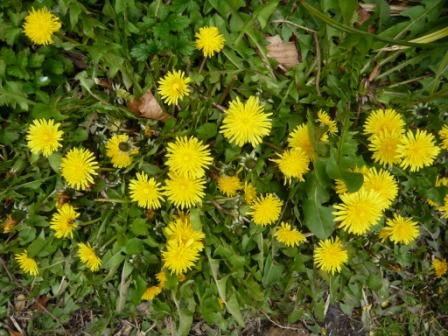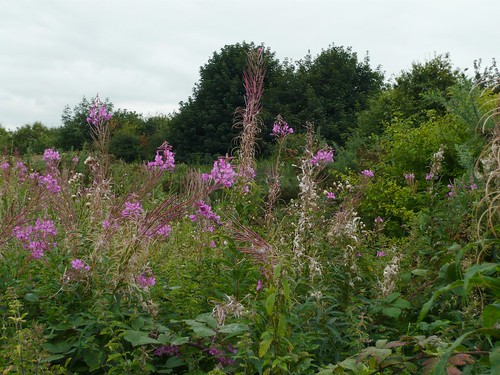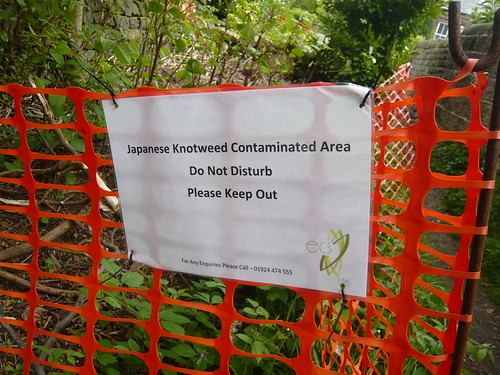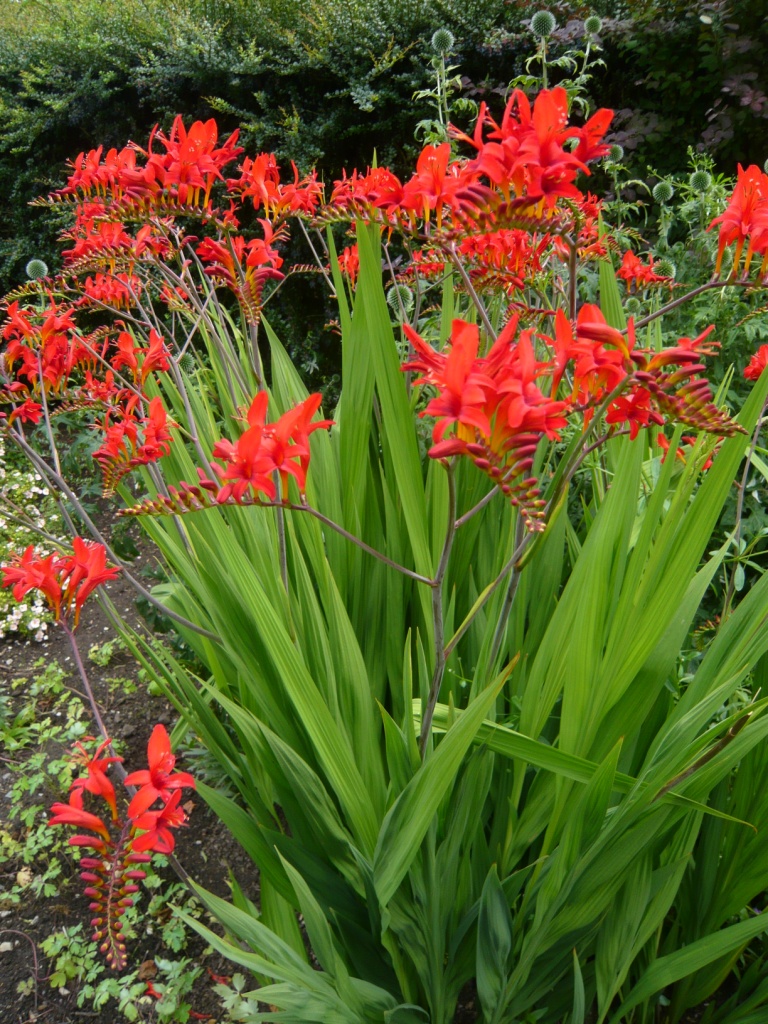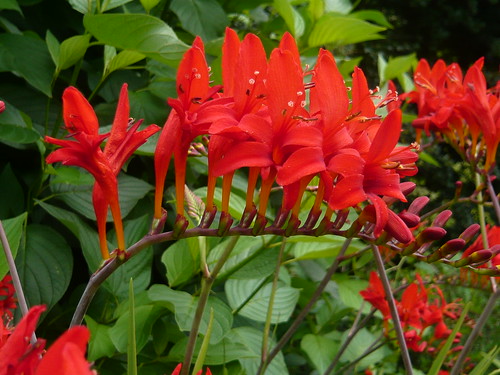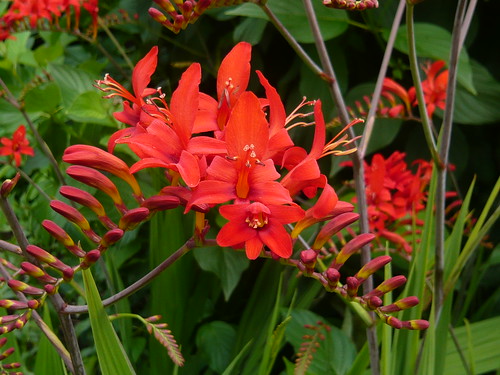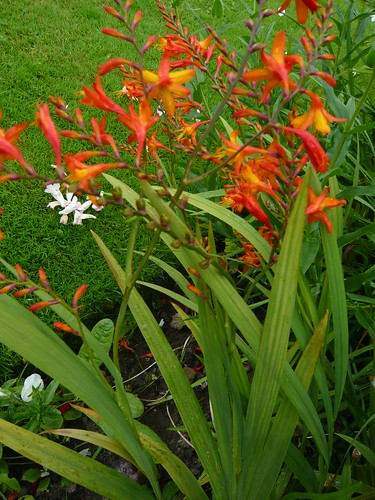Some Common Garden Weeds

Continuing on our theme of garden weeds – these are some of the most common garden weed types, which you will invariably have faced at some time.
Couch Grass.
A very common weed which spreads through a system of fine underground stems. On a dry day try digging with a fork and on regrowth try spraying with Glyphosate. Covering with a mulch or solid layer is a good way of weakening or killing the plant.
Horsetail
See Dealing with horsetail. Has been around for 60 million years, if you have some in your garden you will see why. One of the most difficult weeds to eradicate.
Nettles.
Quite easy to deal with. If you are not in a rush, make repeated cuts at the base of the plant and put stems on compost. Nettles make excellent compost and are an excellent mix of stems and leaves. Young leaves can even be eaten and are quite nutritious. Nettles are also good for wildlife.
To kill off the plant use fork or spade to lift up the clumb of yellowish roots. These are not too deep. Also responds well to weedkiller.
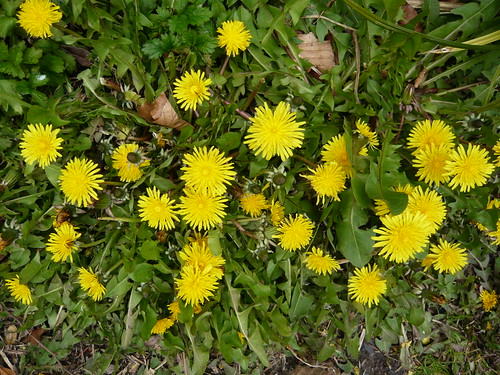
Dandelions
In spring these will suddenly grow very vigorously. Before you know it they will have set seed and will be a problem for years to come. Therefore, the best time to act is before they set seed in late April.
They have a simple long tap root. It is hard to lift up the whole tap root without breaking off the lower part which will send up new shoots. However, it can be satisfying to try and dig up the long single tap root. Will respond to repeated weed killer sprays.
Dock Leaves.
As the saying goes where there are nettles, there will also be docks. Similar to dandelions. long tap root and can easily regrow from the smallest part.
Bindweed.
Grows through deep connection of underground white roots. Also flowers (actually very attractive) and sets seed. The roots can be a pain to dig up. But, for deep infestations, it is best to try and dig up most of the roots.
One helpful tip is to put a cane in the ground. The bindweed will grow up the cane, making it easier to apply weedkiller and avoid surrounding plants. See Bindweed Control
Ground Elder.
– Another tough nut you don’t want to see in your garden. Can spread rapidly if left unchecked. Requires hard work to get rid of it.
Japanese Knotweed.
Could well lay claim to being the worst ever weed. If you have it in your garden Good luck – either that or consider moving. More on Knotweed
More Common Garden Weeds
- Broad Leaved Willowherb. Can set thousands of seeds. Not too difficult to deal with in small quantities.
- Budleia – In one sense makes an attractive plant – loved by butterflies, but, has immense powers of reproduction, growing in most unlikely of situations.
- Thistle. A good hoeing should be enough.
- Cleavers. – Stick to your clothing. hoeing should be fine to get ride off.
- Ramsons (Wild Garlic) tough weeds
- Bittercress
- Shepherd’s Purse
- Broad Leaved Plaintain. – Not too bad.
- Creeping Buttercup – a vigorous spreader. Can grow in middle of crass and through the border. Needs its roots tackling.
- White clover – a common grass weed.
- Ivy Leaved Toadflax
- Ivy Leaved Speedwell
See also list of Uncommon Weeds
Weedkillers for Weeds
- Roundup Weedkiller concentrate. Good for large areas which need treating.
- Weedkillers at Amazon.co.uk
Other Resources
Common Lawn Weeds
Uncommon Weeds
Weed control of Avens
Horsetail and Mares-tail
Why war with weeds
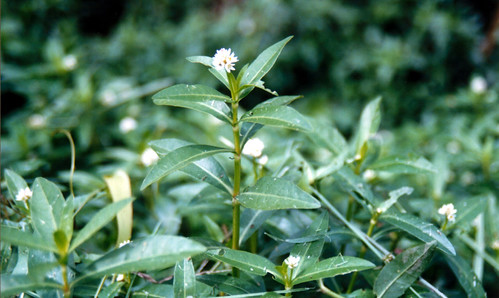
Alligator weed by Brisbane City Council CC BY 2.0 a snap of a weed I have never come across and have no wish so to do!
